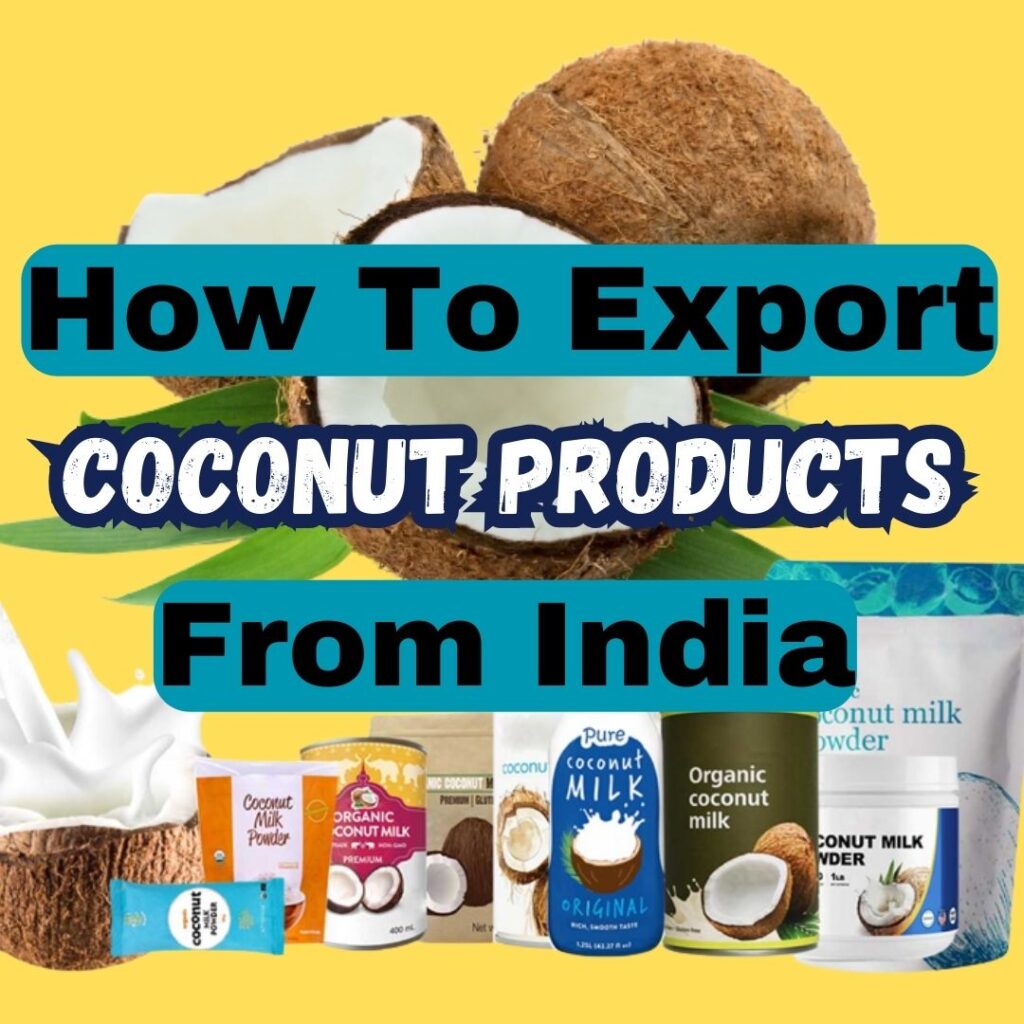Market Research and Product Selection:
Research the international market to identify the demand for specific coconut products like coconut oil, desiccated coconut, coconut water, coconut milk, etc.
Identify your target markets and potential buyers.
Quality Assurance:
Ensure that the coconut products meet international quality standards and regulations.
Invest in quality control measures, including inspections and certifications.
Business Setup:
Register your business and obtain the necessary licenses and permits for exporting.
Set up a legal entity if required, like a private limited company or LLP.
Supplier Selection:
Establish relationships with reliable coconut suppliers or producers in India.
Ensure a consistent and high-quality supply chain.
Export Documentation:
Prepare the required export documentation, including invoices, packing lists, certificates of origin, and any other specific documents requested by the importing country.
Compliance and Regulations:
Comply with the customs and import regulations of both India and the destination country.
Ensure your products meet food safety and labeling requirements.
Packaging and Labeling:
Use appropriate packaging materials to preserve the quality of coconut products during transit.
Label products accurately, including nutritional information, ingredients, and any required certifications.
Transportation and Logistics:
Arrange transportation, either by sea, air, or land, depending on the destination.
Consider working with a freight forwarder to handle logistics and shipping.
Customs Clearance:
Ensure your products clear customs in both India and the destination country smoothly.
Pay any applicable duties and taxes.
Market Entry and Distribution:
Establish distribution channels in the target market.
Consider partnering with local distributors or retailers to expand your reach.
Promotion and Marketing:
Create a marketing strategy to promote your coconut products in the target market.
Attend trade shows and exhibitions to showcase your products.
Payment and Currency Exchange:
Decide on payment terms with your buyers and consider currency exchange rates.
Protect yourself against currency fluctuations, if necessary.
Quality Control:
Continuously monitor the quality of your coconut products to maintain customer satisfaction and comply with international standards.
Build Relationships:
Build and maintain strong relationships with both suppliers and buyers.
Address any issues promptly and professionally.
Legal and Financial Considerations:
Understand the legal and financial aspects of international trade, including contracts and payment methods like letters of credit.
Risk Management:
Be aware of potential risks, including market fluctuations, political instability, and natural disasters.
Consider purchasing insurance coverage for your shipments.
Export Documentation and Record Keeping:
Keep detailed records of all export transactions and documentation for compliance and auditing purposes.
It’s essential to consult with export professionals, trade organizations, and government agencies like the Export Promotion Councils (EPCs) in India to get guidance and support throughout the export process. Additionally, seek legal and financial advice to ensure you comply with all relevant laws and regulations.
coconut #coconutproducts #coconutproductsexportfromindia #export #import #importexport #importexportbusiness



